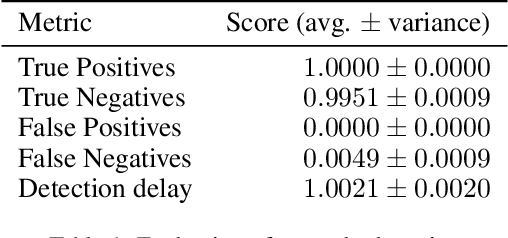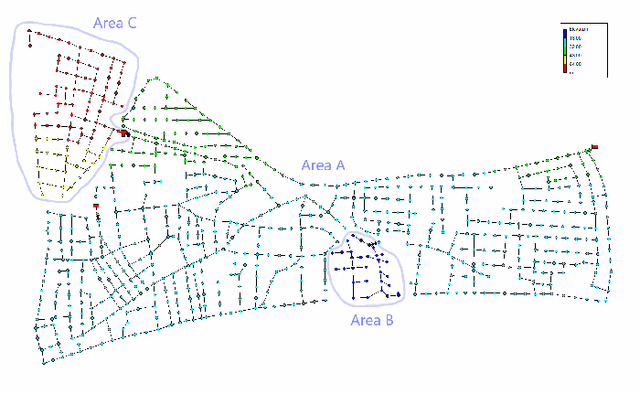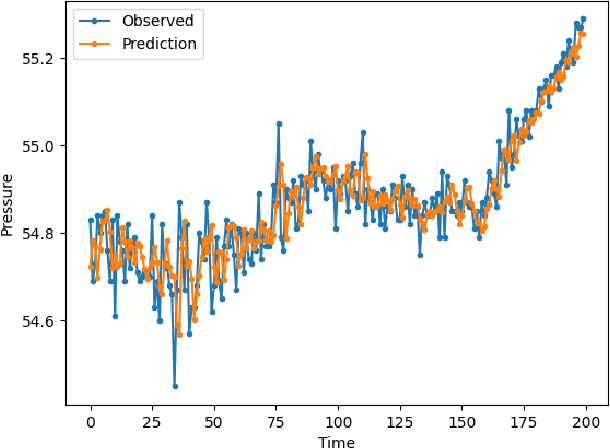Stelios Vrachimis
Non-intrusive Water Usage Classification Considering Limited Training Data
Jan 02, 2023Abstract:Smart metering of domestic water consumption to continuously monitor the usage of different appliances has been shown to have an impact on people's behavior towards water conservation. However, the installation of multiple sensors to monitor each appliance currently has a high initial cost and as a result, monitoring consumption from different appliances using sensors is not cost-effective. To address this challenge, studies have focused on analyzing measurements of the total domestic consumption using Machine Learning (ML) methods, to disaggregate water usage into each appliance. Identifying which appliances are in use through ML is challenging since their operation may be overlapping, while specific appliances may operate with intermittent flow, making individual consumption events hard to distinguish. Moreover, ML approaches require large amounts of labeled input data to train their models, which are typically not available for a single household, while usage characteristics may vary in different regions. In this work, we initially propose a data model that generates synthetic time series based on regional water usage characteristics and resolution to overcome the need for a large training dataset with real labeled data. The method requires a small number of real labeled data from the studied region. Following this, we propose a new algorithm for classifying single and overlapping household water usage events, using the total domestic consumption measurements.
One Explanation to Rule them All -- Ensemble Consistent Explanations
May 18, 2022



Abstract:Transparency is a major requirement of modern AI based decision making systems deployed in real world. A popular approach for achieving transparency is by means of explanations. A wide variety of different explanations have been proposed for single decision making systems. In practice it is often the case to have a set (i.e. ensemble) of decisions that are used instead of a single decision only, in particular in complex systems. Unfortunately, explanation methods for single decision making systems are not easily applicable to ensembles -- i.e. they would yield an ensemble of individual explanations which are not necessarily consistent, hence less useful and more difficult to understand than a single consistent explanation of all observed phenomena. We propose a novel concept for consistently explaining an ensemble of decisions locally with a single explanation -- we introduce a formal concept, as well as a specific implementation using counterfactual explanations.
 Add to Chrome
Add to Chrome Add to Firefox
Add to Firefox Add to Edge
Add to Edge